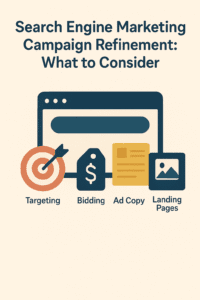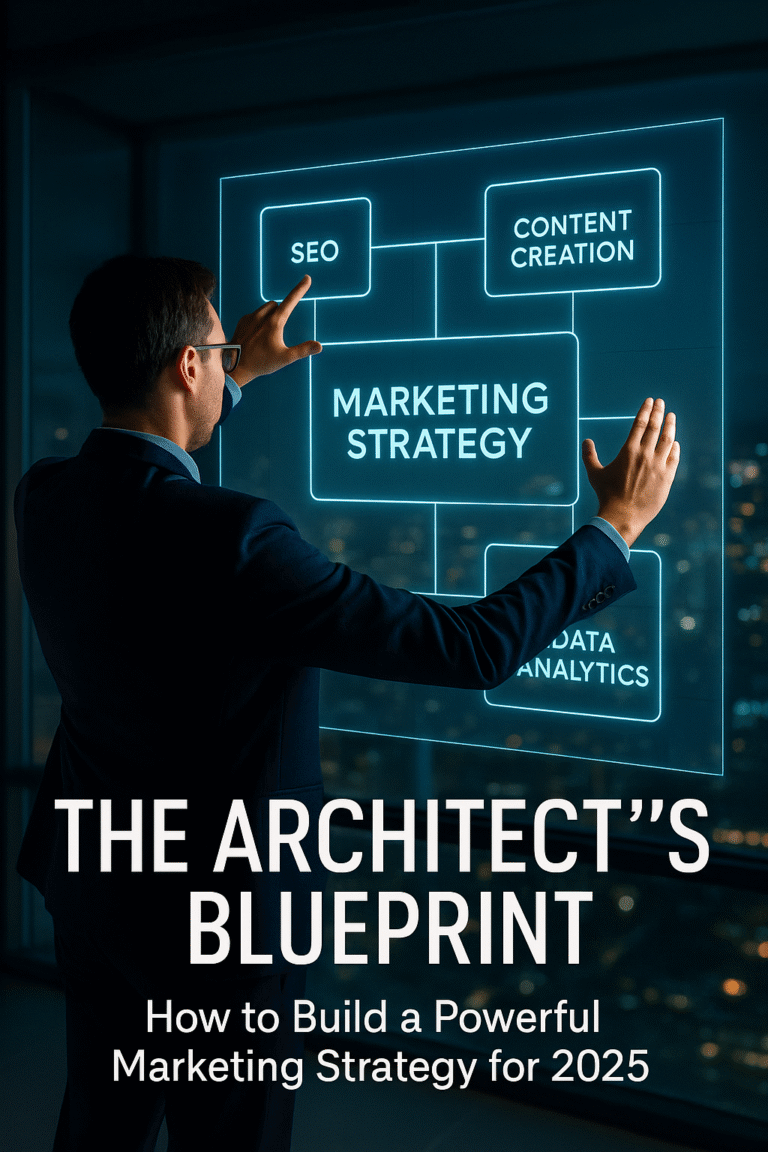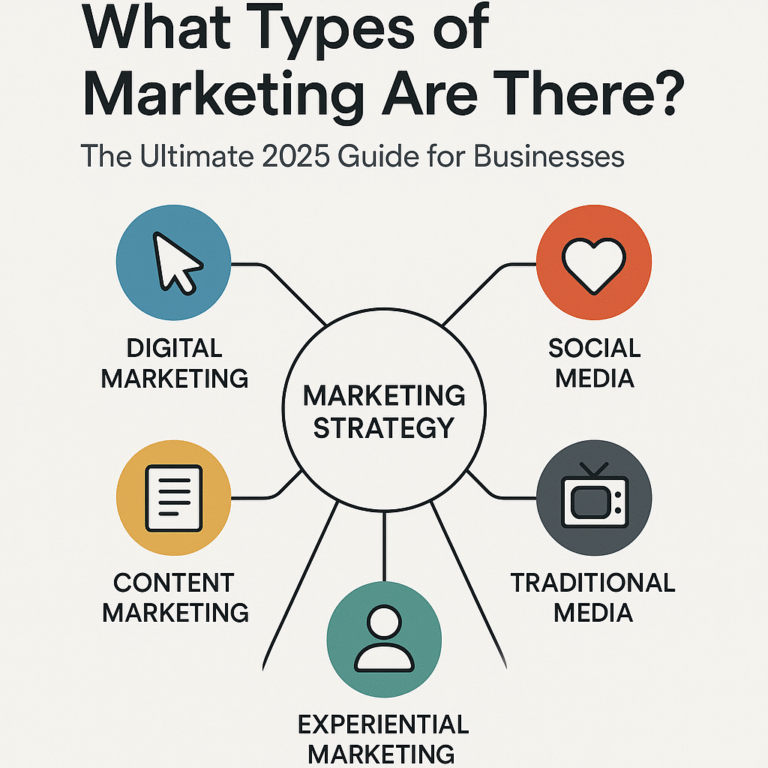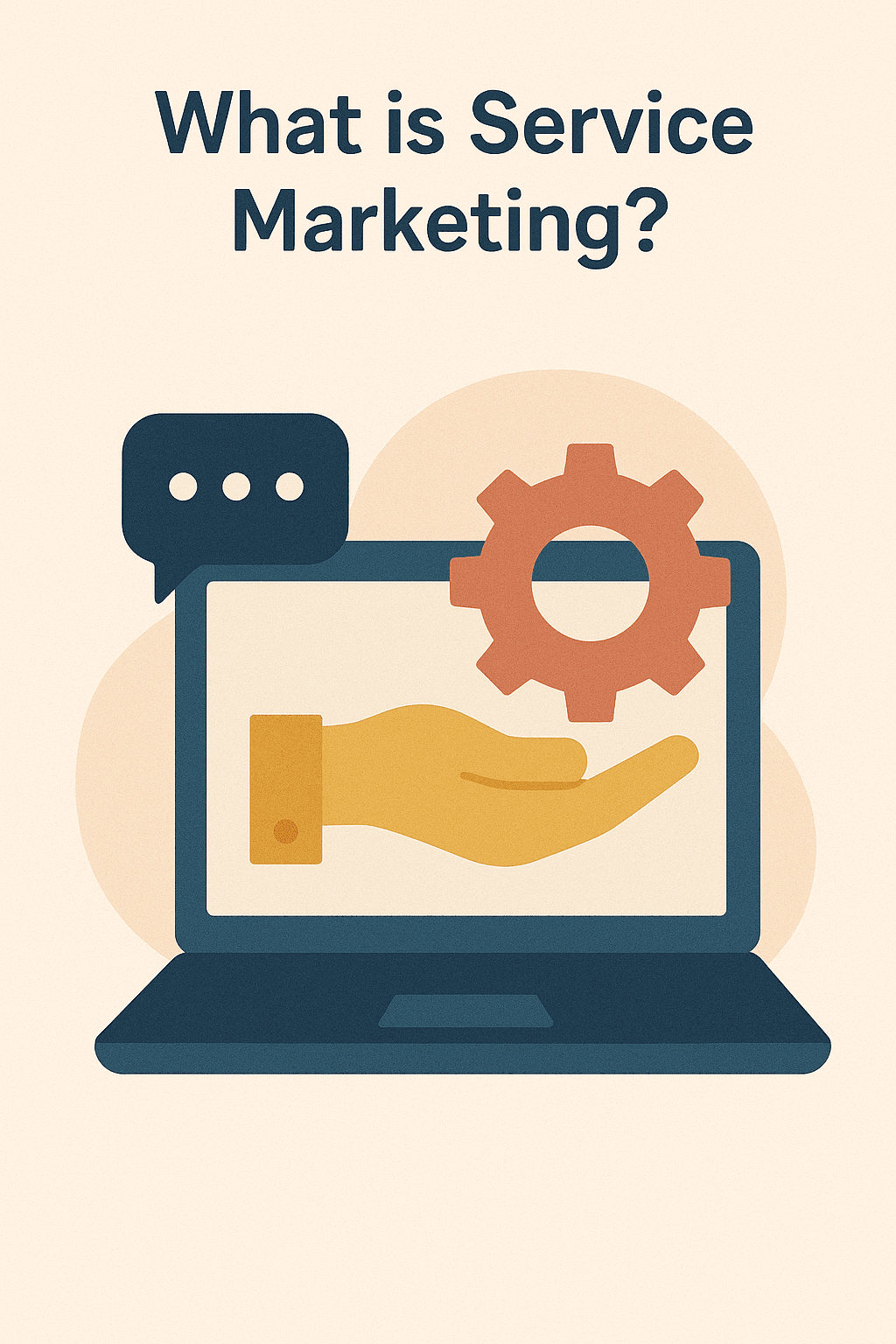What Should One Consider When Refining a Search Engine Marketing Campaign? A Deep Dive into SEM Optimization
In the dynamic world of digital marketing, launching a Search Engine Marketing (SEM) campaign is just the first step. The real challenge—and where the most significant gains are made—lies in the continuous process of refinement.1 A well-honed SEM campaign can deliver a remarkable return on investment (ROI), drive targeted traffic, and significantly boost conversions.2 But what should one consider when refining a search engine marketing campaign to transform it from a good performer into a great one?
This comprehensive guide will walk you through the critical elements of SEM campaign optimization. We will explore everything from granular keyword analysis and compelling ad copy creation to sophisticated bidding strategies and landing page enhancements. By the end, you will have a robust framework for dissecting your campaign’s performance and making data-driven decisions that foster growth and profitability.
The Foundation of Refinement: A Thorough Campaign Audit
Before you can effectively refine your SEM efforts, you must first understand their current state. A comprehensive audit serves as your roadmap, highlighting areas of strength and, more importantly, opportunities for improvement. This initial analysis should be meticulous, leaving no stone unturned.
Key Performance Indicators (KPIs) to Scrutinize
Your campaign data tells a story. Learning to read it is paramount. Key metrics to analyze include:
- Click-Through Rate (CTR): The percentage of users who click on your ad after seeing it.3 A low CTR might indicate a disconnect between your ad copy and your target keywords or uncompelling messaging.
- Conversion Rate: The percentage of users who complete a desired action (e.g., a purchase, form submission) after clicking your ad.4 This is a primary indicator of campaign success.
- Cost Per Click (CPC): The amount you pay for each click.5 While a lower CPC is generally better, it must be balanced with traffic quality.
- Cost Per Acquisition (CPA): The total cost of acquiring a new customer.6 Optimizing for a lower CPA is a common goal in SEM.7
- Return on Ad Spend (ROAS): This metric calculates the revenue generated for every dollar spent on advertising.8 It provides a clear picture of your campaign’s profitability.
- Quality Score: A metric used by Google Ads to rate the quality and relevance of your keywords and PPC ads.9 A higher Quality Score can lead to lower prices and better ad positions.10
A deep dive into these metrics will reveal the initial areas that require your attention. For instance, a high CTR coupled with a low conversion rate often points to issues with the landing page experience.
Refining Your Keyword Strategy: The Cornerstone of SEM
Keywords are the lifeblood of any search engine marketing campaign. Refining your keyword strategy is an ongoing process that can dramatically improve your results.11
Re-evaluating Keyword Relevance and Intent
Initial keyword research is crucial, but user search behavior evolves. Regularly re-evaluate your chosen keywords to ensure they still align with your target audience’s intent. Ask yourself:
- Are these keywords driving relevant traffic?
- Do they reflect the language your potential customers are using?
- Are there new search trends or terms emerging in your industry?
Tools like the Google Keyword Planner can be invaluable for this process, helping you discover new opportunities and understand search volume and competition.
The Power of Long-Tail Keywords
While broad, high-volume keywords might seem appealing, they are often highly competitive and less specific. Long-tail keywords—longer, more detailed search phrases—can be a goldmine for refinement.12 They typically have lower search volume but a much higher conversion rate because they capture users who are further along in the buying cycle. For example, instead of targeting “shoes,” a long-tail keyword like “women’s waterproof running shoes for trail running” is far more specific and likely to convert.13
The Critical Role of Negative Keywords
Just as important as the keywords you target are the ones you exclude. Negative keywords prevent your ads from showing for irrelevant searches, saving you money and improving your campaign’s relevance.14 For instance, if you sell premium running shoes, you might add “free” and “cheap” as negative keywords to filter out users looking for budget options.15 Regularly review your search term reports to identify new negative keywords to add to your lists.
Crafting Compelling Ad Copy That Converts
Your ad copy is your first, and sometimes only, chance to persuade a user to click.16 It needs to be compelling, relevant, and trustworthy.
A/B Testing: Your Path to Optimized Ads
Never assume you know what will resonate best with your audience. A/B testing is a fundamental practice in refining ad copy.17 Create multiple versions of your ads, changing one element at a time—such as the headline, description, or call-to-action (CTA)—and measure which performs better.18 Over time, this iterative process will lead to highly optimized ad copy.
Aligning Ad Copy with Keywords and Landing Pages
A seamless user journey is essential for high conversion rates.19 Your ad copy must closely align with the keywords that trigger it and the landing page the user arrives on after clicking. If a user searches for “discount laptops,” your ad should mention a discount, and the landing page should prominently feature discounted laptops. This consistency builds trust and reduces bounce rates.20 According to a study by the National Institute of Standards and Technology (NIST), a well-designed user interface can raise a website’s conversion rates by over 200%.
Leveraging Ad Extensions
Ad extensions are a powerful way to increase the size and visibility of your ads and provide users with additional information without any extra cost per click.21 Make full use of relevant extensions, such as:
- Sitelink Extensions: Direct users to specific pages on your website.
- Callout Extensions: Highlight key benefits and features.
- Structured Snippets: Showcase specific aspects of your products or services.
- Price Extensions: Display prices for your offerings directly in the ad.
- Location Extensions: Encourage visits to your physical store.
Optimizing the Landing Page Experience
You can have the most brilliant ad copy in the world, but if it leads to a poor landing page, your efforts will be wasted. The landing page is where conversions happen, so its optimization is non-negotiable.22
Core Principles of a High-Converting Landing Page
- Relevance: The content on your landing page must be a direct continuation of the promise made in your ad.
- Clear Call-to-Action (CTA): The desired action should be immediately obvious and easy to take. Use strong, action-oriented language.
- Mobile-First Design: With a significant portion of traffic coming from mobile devices, a responsive and fast-loading mobile experience is crucial. Google’s own research indicates that 53% of mobile users will abandon a page that takes longer than three seconds to load.23
- Trust Signals: Include elements that build credibility, such as customer testimonials, reviews, security badges, and partner logos.24
- Simplicity and Clarity: Avoid clutter. Use clear headings, concise copy, and high-quality images to convey your message effectively.
Sophisticated Bid Management and Budget Allocation
How you manage your bids and allocate your budget can make or break your campaign’s profitability.
Manual vs. Automated Bidding
Search platforms like Google Ads offer a range of bidding strategies.25
- Manual Bidding: Provides the most control, allowing you to set bids for individual keywords.26 This can be effective but is time-consuming.
- Automated Bidding: Uses machine learning to optimize bids based on your campaign goals, such as maximizing conversions or achieving a target CPA.27
For many advertisers, a hybrid approach works best. Use automated bidding for campaigns with sufficient conversion data, and manual bidding for newer or more sensitive campaigns where you want granular control.
Strategic Budget Allocation
Don’t spread your budget evenly across all campaigns and ad groups. Analyze your performance data to identify your top-performing areas. Allocate more budget to the campaigns, ad groups, and keywords that are driving the best results in terms of conversions and ROAS. Conversely, reduce or pause spending on underperforming segments.
Precision in Audience Targeting
Reaching the right audience is just as important as having the right keywords and ad copy. Modern search platforms offer sophisticated targeting options that allow you to refine who sees your ads.28
Remarketing Lists for Search Ads (RLSA)
RLSA allows you to tailor your search campaigns to users who have previously visited your website.29 You can bid more aggressively for these high-intent users or show them different, more targeted ad copy.30 This is a powerful way to re-engage potential customers who are already familiar with your brand.
In-Market Audiences and Affinity Audiences
- In-Market Audiences: Target users who are actively researching and considering buying products or services like yours.31
- Affinity Audiences: Reach users based on their long-term interests and habits.
Layering these audience targeting options onto your search campaigns can help you reach a more relevant and engaged audience.
Geographic and Demographic Targeting
Refine your targeting based on location, age, gender, and even household income. If you know your ideal customer profile, use this data to focus your ad spend on the demographics that are most likely to convert. Educational institutions, for example, often use demographic targeting to reach prospective students in specific age ranges and geographic areas.32
The Continuous Loop: Performance Tracking and Iteration
Refining a search engine marketing campaign is not a one-time task; it’s a continuous cycle of analysis, testing, and iteration.33
Setting Up Robust Conversion Tracking
Accurate conversion tracking is the bedrock of data-driven SEM. Ensure you are tracking all the actions that are valuable to your business, from online sales and lead form submissions to phone calls and newsletter sign-ups. Platforms like Google Analytics provide powerful tools for setting up and analyzing conversion data.
Regular Reporting and Analysis
Establish a regular reporting schedule to monitor your key performance indicators. This could be weekly or monthly, depending on the scale of your campaigns. Look for trends, anomalies, and opportunities. Why did a particular ad group see a surge in conversions? Why did another’s CTR suddenly drop? Answering these questions will guide your refinement efforts.
Conclusion: The Art and Science of SEM Refinement
Ultimately, refining a search engine marketing campaign is a blend of art and science. The science lies in the data analysis, the A/B testing, and the meticulous tracking of performance metrics. The art is in the crafting of persuasive ad copy, the understanding of user psychology, and the strategic thinking that ties it all together.
To summarize, the key considerations when refining your SEM campaign are:
- A deep and ongoing analysis of your KPIs.
- Continuous refinement of your keyword strategy, embracing long-tail and negative keywords.34
- The iterative optimization of ad copy through rigorous A/B testing.
- A relentless focus on providing a seamless and high-converting landing page experience.
- Intelligent bid management and budget allocation based on performance data.
- The use of advanced audience targeting to reach the most relevant users.
- A commitment to a continuous loop of performance tracking and iteration.
By consistently focusing on these core pillars, you can move beyond simply running an SEM campaign to mastering it. You will be well-equipped to adapt to the ever-changing search landscape, outperform your competition, and achieve your business objectives with precision and efficiency.
📘 Explore Learning Resources
🛋️ Passive Leisure
Relaxing activities that support well-being and life balance.
🎯 Prioritize Goals
Master the art of strategic goal setting.
📋 Build Task Lists
Turn your goals into structured, achievable tasks.
💼 Service Marketing
Learn the unique approach to marketing services.
📉 Forex Mistakes
Avoid costly errors by understanding beginner pitfalls.




